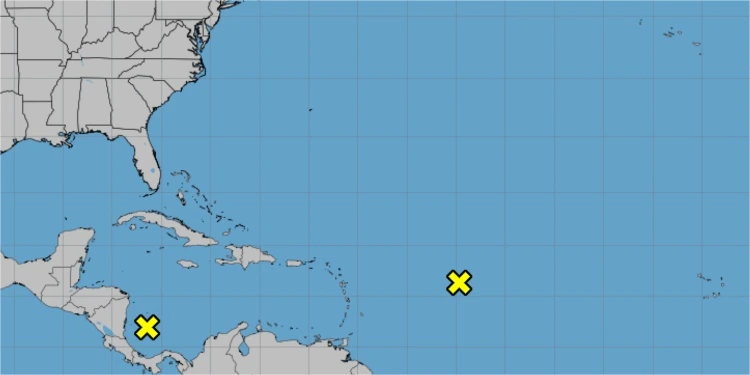The oil prices They held near a two-week low on Wednesday, after falling about 7% in the previous three days on forecasts for weaker oil demand growth and an easing of concerns that conflicts in the Middle East will disrupt the supply.
The futures of Brent fell 3 cents, or 0.04%, to $74.22 a barrel, while crude oil West Texas Intermediate (WTI) lost 19 cents, or 0.27%, to $70.39.
Both benchmark contracts closed at their lowest levels since October 2 for the second day in a row.
This week, crude oil fell in response to weaker demand prospects and after media reports that Israel would not attack Iranian nuclear and oil facilities, easing fears of supply disruptions.
Iran is a member of the Organization of the Petroleum Exporting Countries (OPEC) and produced around 4.0 million barrels per day (bpd) of oil in 2023, according to data from the Energy Information Administration (EIA) of the United States.
According to analysts and US government reports, Iran was on track to export around 1.5 million bpd in 2024, compared to the estimated 1.4 million bpd in 2023.
Iran backs several groups fighting Israel, including Hezbollah in Lebanon, Hamas in Gaza and the Houthis in Yemen.
Still, concerns remain about an escalation of the conflict between Israel and the militant group Hezbollah. Cuts in supply OPEC+ They will remain until December, when some of its members are scheduled to begin removing a layer.
On the demand side, OPEC and the International Energy Agency this week cut their global oil demand growth forecasts for 2024. China accounts for most of the reduction.
The IEA forecast that global oil demand would peak before 2030, at less than 102 million bpd, and then fall to 99 million bpd in 2035.
Chinese economic stimulus has not been a great support for crude oil prices. China could raise another 6 trillion yuan ($850 billion) in special Treasury bonds over three years to stimulate a recessionary economy, local media reported.
















